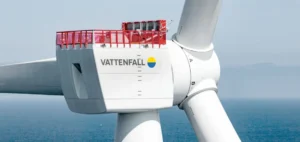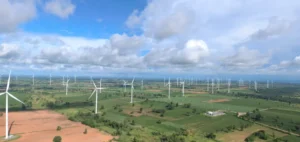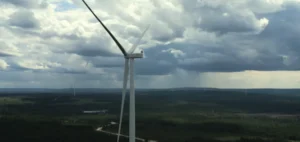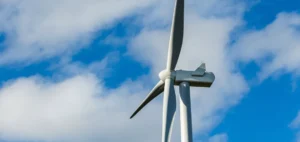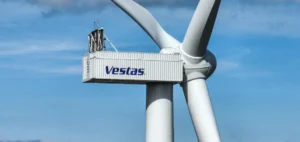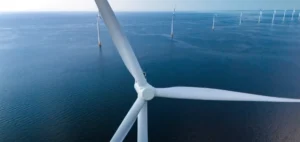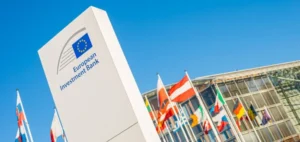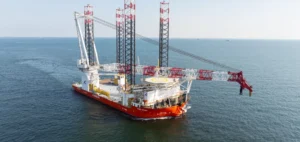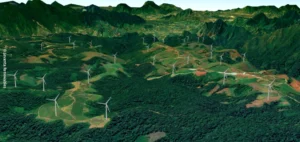Storbötet, an onshore wind farm of Neoen and Prokon in Finland, will supply Equinix under a power purchase agreement (PPA).
A 10-year plan
Storbötet is located in the Finnish municipality of Uusikaarlepyy, in the central region of Ostrobothnia. The wind farm will have a total capacity of at least 95MW. Construction of the site is expected to begin in 2023, with commissioning in 2025.
Neoen and Prokon announce the signing of a PPA with Equinix to supply 57MW of renewable energy in Finland. This is the third PPA signed by Neoen and Prokon with Equinix. In fact, the companies signed the PPA wind Lumivaara and Björkliden.
Under the 10-year agreement, Equinix will be the buyer of 60% of Storbötet’s production. The electricity produced by the wind farm will be fed into the Finnish national grid. In addition, Neoen has an 80% stake in the project and Prokon 20%.
An indexed PPP
The PPA signed with Equinix is partially indexed to market prices. In addition, this is Neoen’s ninth corporate APP in Finland since 2018. In addition, Equinix is the first data center company in the world to set a goal of 100% renewable energy.
In addition, Equinix has set a goal of being climate neutral across its operations by 2030. As a result, the renewable energy purchase agreement brings Equinix’s total capacity under long-term contract worldwide to approximately 350MW. In addition, Prokon has a portfolio of more than 900 MW of wind power projects in advanced stages of development.
Neoen has been present in Finland since 2018 with a portfolio totaling over 700MW of secured capacity in the country. These assets include the Hedet wind farm (81MW) and Yllikkälä Power Reserve (30MW/30MWh battery storage). The company is building the Mutkalampi (404MW) and Björkliden (40.4MW) wind farms.











